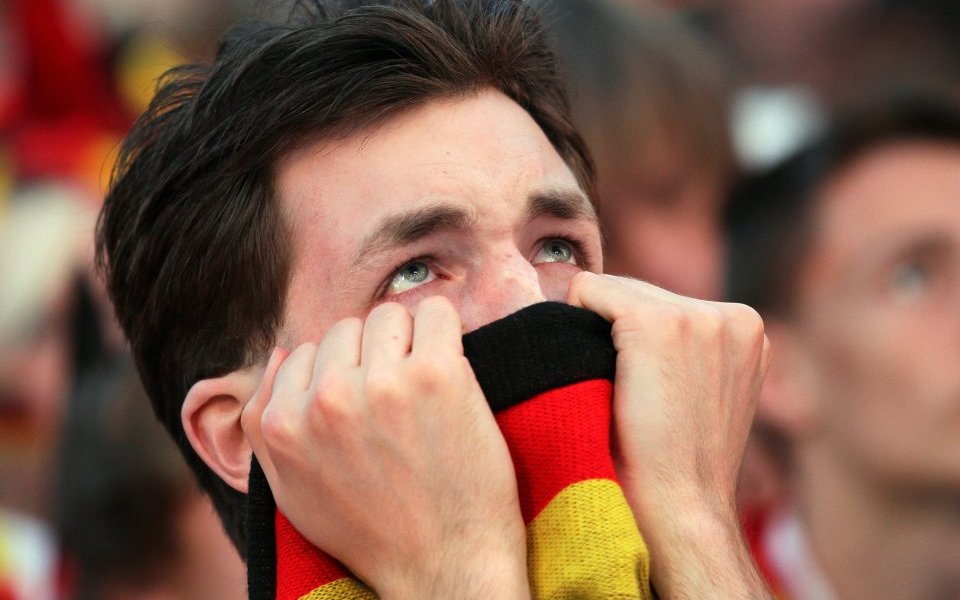-
Tips for becoming a good boxer - November 6, 2020
-
7 expert tips for making your hens night a memorable one - November 6, 2020
-
5 reasons to host your Christmas party on a cruise boat - November 6, 2020
-
What to do when you’re charged with a crime - November 6, 2020
-
Should you get one or multiple dogs? Here’s all you need to know - November 3, 2020
-
A Guide: How to Build Your Very Own Magic Mirror - February 14, 2019
-
Our Top Inspirational Baseball Stars - November 24, 2018
-
Five Tech Tools That Will Help You Turn Your Blog into a Business - November 24, 2018
-
How to Indulge on Vacation without Expanding Your Waist - November 9, 2018
-
5 Strategies for Businesses to Appeal to Today’s Increasingly Mobile-Crazed Customers - November 9, 2018
Germany’s GDP Growth Eases As Estimated In Q2
Europe’s largest economy Germany grew by 0.4% in the second quarter, in line with expectations, according to official numbers from statistics office Destatis.
Advertisement
The euro was slightly down against the dollar this morning, after figures showed German GDP growth had slowed in the three months to June.
And labour productivity dropped, too, with people in employing producing 0.2 per cent less than the previous year when measured as the price-adjusted GDP per hour. It marks a significant slowdown from the first quarter, when the economy expanded at a quarterly clip of 0.7%, as the mild winter weather propelled construction.
Investment in plant and equipment fell 2.1%, having a large impact on growth.
In the coming quarters, “private consumption should remain an important growth driver on the back of low inflation, low interest rates, low unemployment and higher wages”, analyst Carsten Brzeski of ING Diba bank said, while Germany’s refugee crisis will continue to bolster state spending.
However, the final figure, which confirmed a preliminary Destatis reading earlier in August, represented a slow-down from the unexpectedly strong 0.7-percent expansion in the first quarter.
Destatis also reported a 0.6% rise in public consumption in the second quarter, as the federal and local government faced rising costs related to last year’s record influx of migrants.
Advertisement
Compared with the second quarter of 2015, Germany’s GDP was up 1.8%, taking account of calendar effects.





























